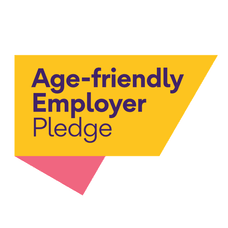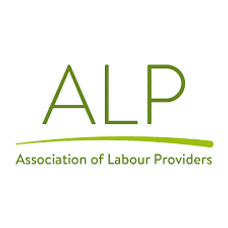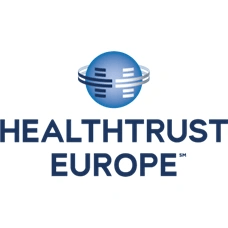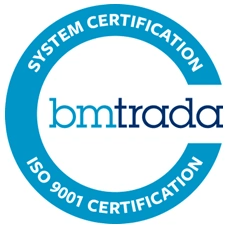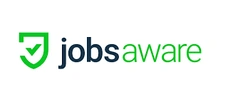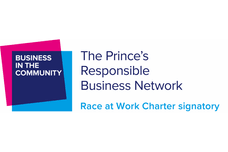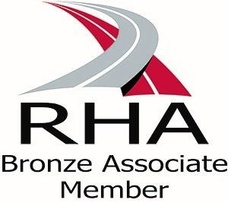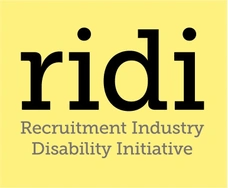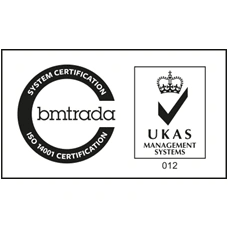Reducing presenteeism and absenteeism in your temporary workforce

Both presenteeism and absenteeism can have an impact on the productivity and mental health of temporary staff. In our last blog post, 3 Ways to Measure the Productivity of Temp Staff, we talked about what is presenteeism and its effects.
In this blog post we look at how to reduce presenteeism and absenteeism to ensure a healthier and happier workplace culture for our temporary workforces.
Research by the Centre for Mental Health, has found that presenteeism costs the UK economy £15.1bn a year, compared with £8.4bn a year from absenteeism. In 2018, the Chartered Institute of Personnel and Development (CIPD), in partnership with Simplyhealth, carried out a Health and Well-Being at Work survey, which showed that the problem of presenteeism has more than tripled since 2010. This evidence suggests that presenteeism is both more prevalent than absenteeism and is also significantly more related to performance than sickness absence.
Presenteeism vs absenteeism
Presenteeism is the practice of coming to work despite anxiety, illness or injury, which can often result in reduced productivity and burnout. Many temporary workers do not get paid unless they come into work, this can increase their need to be ever present, regardless of the impact on their health.
According to the CIPD’s Health and Well-Being at Work survey, absenteeism has significantly reduced in the past 20 years, but this fact is only masking the unhealthy practice of presenteeism. Long term presenteeism, which is one of the biggest causes of long-term absenteeism, can lead to poor mental health, low morale and reduced productivity.
The promotion of a healthy workplace should therefore drive down both absenteeism and presenteeism, rather than one at the cost of the other.

Identifying Presenteeism & Absenteeism
Below are some of the signs you should look out for in your temporary workforce
- Noticeable increased level of mistakes.
- Poor quality work and/or low levels of productivity.
- A seeming lack of care or pride in the employee’s work.
- Poor timekeeping. Arriving late and leaving early.
- Excessively long hours. In contrast to the above, others might sit at their desk for hours.
- Working whilst obviously sick.
- Showing signs of tiredness and exhaustion.
- Erratic or aggressive behaviour, tearfulness and low mood.
- Deteriorating relationships with colleagues and poor communication.
- Rarely logging off and constantly available outside of business hours.
- Reluctance to book or take annual leave.
- Lack of trust and inability to hand over projects.
- Cancelling annual leave at the last minute.
- Finishing off work at the weekend or taking it on holiday to meet deadlines.
What effect can Presenteeism and Absenteeism have?
The pressure to remain at work regardless of how they feel may come from colleagues, clients, managers or even from themselves, and in itself can be a danger to health and productivity.
An extreme example of presenteeism possibly causing a fatality in the workplace, is the 2014 Institute for Employment Studies Report suggesting that the Red Arrows pilot, who was killed when his ejector seat triggered accidentally on the ground, may have been suffering from the effects of taking ‘Night Nurse’, an over-the-counter cold remedy, the night before.
Key drivers behind Presenteeism and Absenteeism
There can be a higher level of presenteeism with temporary employees on fixed term contracts. Competing for permanent roles, their work ethic includes the perception that taking time off sick is a sign of underperforming.
Management and supervisor behaviour can directly impact the workforce, as high manager presenteeism can equal high employee presenteeism. If there is a perceived pressure from senior managers, line managers and colleagues to come to work when unwell, this adversely affects the employee’s work.
With the recent increase of home offices, due to the COVID pandemic, evolving good home working practices can be challenging, especially for those who are not used to it. Not switching off from work can lead to burnout and stress-related illness. It isn’t always easy to get the balance right, for example, just because you are at home doesn’t mean you can’t still take a sick day.
What can we do?
The desired outcome is to eliminate unwarranted absence. For example when someone is not sick, but might feel entitled to a day off because they haven’t used any sick leave, without impacting presenteeism.
With an effective health and safety management system in place (such as occupational health provision), presenteeism can be avoided by encouraging people who are too ill to work, to make use of genuine absence provisions to stay at home.
Reducing unnecessary or prolonged absenteeism from employees with health conditions who would rather be at work. Can this be resolved by offering a role with workload adjustment and different duties, supported by a good return to work provision and supervisor support?
It is also important to reduce “leaveism”, which occurs where employees either use allocated time off for sickness, they take work home that cannot be completed in normal hours, or they work while on leave to catch up. Employees demonstrating leavism are more likely to be fatigued, struggle with morale and develop impaired cognitive functioning.
Ten ways to reduce presenteeism, absenteeism and leavism
- Monitor workload. In the current climate of job insecurity and “lean working practices”, many employees are susceptible to workload pressures.
- Encourage a culture that doesn’t ignore (or promote) presenteeism, absenteeism or leaveism. Senior management can make a significant impact by displaying positive wellbeing practices, not working excessively long hours, using their allocated annual leave, disconnecting from technology when on leave and, making it clear this should also be the norm for their employees.
- Creating an “open door” policy. This is a great way for employees to feel less stigmatised and able to get the support they need to operate safely and productively.
- Cross-train employees. If people are showing up for work while they’re sick because there is no one else to take on their activities, or they feel there’s no cover, then cross-training employees may help alleviate that particular pressure.
- Send staff home. Be confident and comfortable about sending staff home when they are clearly too ill to work. Explain that they need to look after themselves and encourage them to take their illness seriously.
- Pay attention to working arrangements. More flexibility can help create a better work/life balance, initiatives such as flexitime, compressed working weeks, job shares or shift work can work well. However, working from home can increase the prevalence of presenteeism, so be sure the balance is right.
- Provide line managers warning sign training. Line managers need to be able to pick up the early warning signs. They should be equipped to provide an adequate first response, hold sensitive conversations that highlight the problem, and signpost employees to specialists.
- Develop an employee wellbeing strategy. The goal is to engage employees and support them in improving their wellbeing with measures that target the actual needs of a particular workforce. Any wellbeing strategy should be supported by management and HR and work alongside a robust health and safety system, such as ISO45001.
- Create a healthy environment. In addition to having a robust sickness policy and sending staff home when unwell, make sure your team are protected from germs by placing tissue boxes, bins and hand sanitisers around the workplace.
- Work health promotions. Be proactive in promoting healthier workplaces to encourage employee wellbeing.
As the 21st century workplace can directly influence the physical and mental health of employees, your company policies should clearly make the distinction between positive and negative presenteeism. In order ensure your workplace is a happy and healthy environment and reduce presenteeism and absenteeism, your temporary employees need to feel supported by their HR team and understand that they are responsible for their own wellbeing.
In this series we are looking to unlock the secrets behind empowering, engaging and motivating your entire workforce with the power of happiness. Although they are often under-represented within existing productivity and business development guidance, Blue Arrow believes that temporary workers are an integral part of the wider workforce driving businesses.
